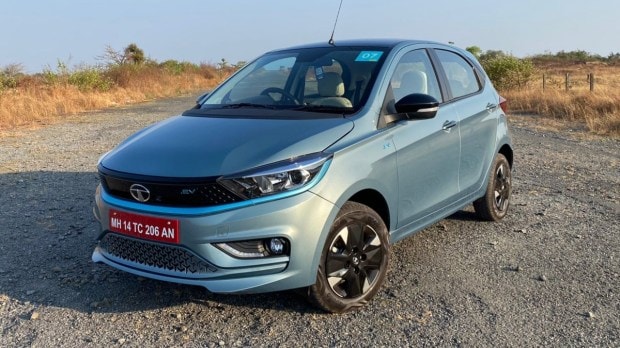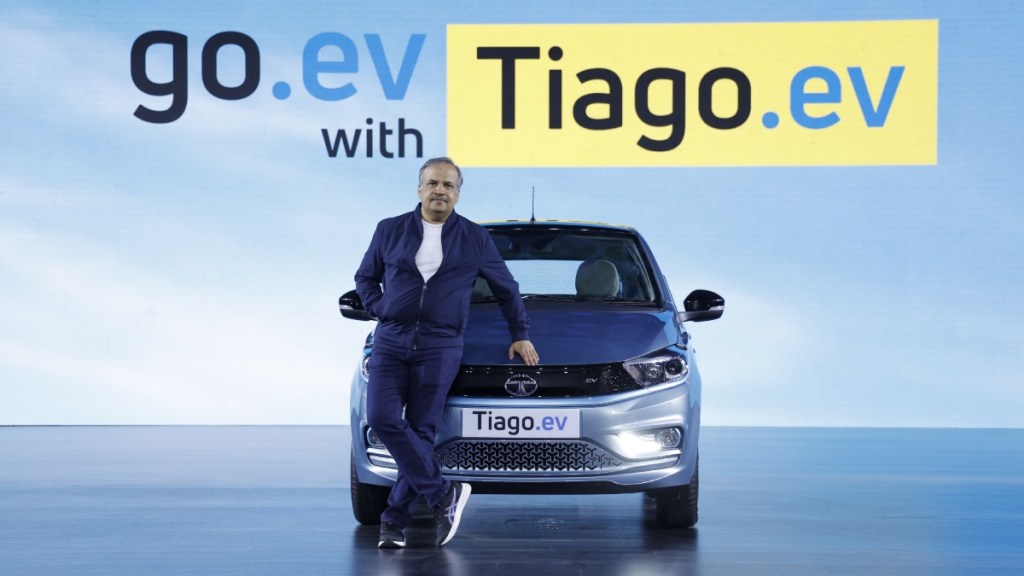Time and time again, Tata Motors has managed to get the pricing right for their EVs. With the start of the deliveries of the most affordable EV in India, the Tiago EV, we speak to Anand Kulkarni, Vice President of Product Line and Operations, Passenger Electric Mobility on the new technology and challenges in the EV sector.
How has Tata Motors’ journey been in the electric vehicle sector?
The journey of Tata Motors began four years back when we made the electric Tigor, which was a low-voltage solution. After that, we quickly launched the Ziptron architecture for the first time on the Nexon later with the Tigor EV and now the Tiago EV. We now have three products and four versions, including the Nexon Max.

In the last couple of years, we have seen significant interest in electric vehicles and we have grown the market from 4,500 – 5,000 units roughly three and a half or four years back to having completed 50,000 units of EVs in the last month. Therefore, a huge expansion has taken place, there’s been a lot of customer interest as the number of models of EVs has increased. It’s an exciting time and a place to be in.
India is a price-sensitive market and Tata Motors continues to keep getting it right, especially in the electric vehicle space. What’s the secret behind it?
It all begins with the correct architecture that we need to work on. We also know that a significant cost of an EV comes from the battery. Hence, getting the specifications and the battery’s size right is very critical. It is very easy to say that one could have reduced the battery but it translates into a parameter that’s super important for the customers, which is the range.
Also Read: Tata Tiago EV vs Tiago iCNG: Price, specs comparison
We all know that the most concerning aspect of EVs is range anxiety. So the question arises, how do you make the architecture and the components behave in the most efficient manner and yet deliver to the customer attributes of the most important challenges we have to solve? We are able to do this because of the huge legacy we have achieved in both the internal combustion and electric vehicle fields.

Hence, there are advantages like deploying common parts, falling back on facilities that have been created and producing our electric vehicles. All of this put together, the supplier’s network and facilities that are available and the choices of the right components is how we have managed these things.
What are the challenges of converting an ICE vehicle to an EV?
The first thing is to keep in mind the platform available and what local changes will be required to adopt electrification. The main challenge is to ensure that the existing platform is capable of taking the electrical powertrains. Simply speaking, when the battery is introduced into the car, the weight increases even though there is a mass reduction by removing the internal combustion engine, but there’s a weight increase.
Also Read: Top 5 electric two-wheeler launches of 2022: Ultraviolette F77 to Hero Vida V1
One also has to see how the car will perform and the safety aspect like the anti-lock braking system needs to be recalibrated. Even standard hardware like suspension and braking systems need to be reworked. With extra, some parts of the structure need to be strengthened.
Watch Video | Tata Tiago EV Review:
The third-generation Tata Motors EVs will be based on a skateboard platform. What’s the advantage of this new architecture?
We have a three-pronged approach with three different generations. Gen-1 is the conversion approach which you see with the Nexon, Tigor and now the Tiago. We have already showcased the gen-2 vehicles like the Curvv then gen-3 will be based on the skateboard architecture. Gen-3 allows us to build an electric vehicle from the ground up and offers a clean slate to design a vehicle. This also gives us the option to liberate the space in the cabin and at the same time keep the vehicle efficient and optimized. With this platform, one isn’t restricted by battery technology as it offers various flexible options. These are some of the significant advantages.
Tata Motors has announced that by 2026, there will be ten EVs in the portfolio. Will this in any way hamper the manufacturing capacity?
We are currently manufacturing both ICE and EVs in the same facility. More importantly, all our cars will run down on the same production line with an option to roll out an ICE, CNG and EV. With new products coming up, we are looking at enhancing these facilities to be able to handle this additional technology.



















